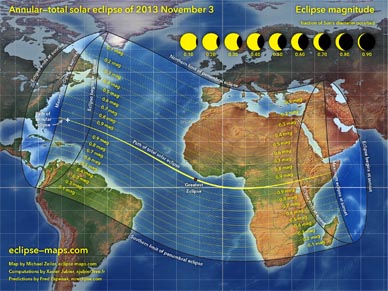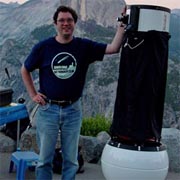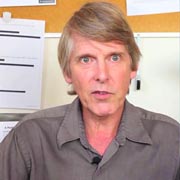Partial Solar Eclipse Begins This Morning At 6:05 a.m.
By Space Coast Daily // November 3, 2013
'weird and dramatic spectacle'
A total solar eclipse will occur today and it is one of the rare hybrid or Annular/Total eclipses in which some sections of the path are Annular while other parts are Total, with a magnitude of 1.0159.

Totality will be visible from the northern Atlantic Ocean (East of Florida) to Africa (Gabon (landfall), R. Congo, DR Congo, Uganda), with maximum of 1 minute and 39 seconds visible from the Atlantic Ocean south of Ivory Coast and Ghana.
The hybrid eclipse of 2013 is visible from within a thin corridor, which traverses the North Atlantic and equatorial Africa. A partial eclipse is seen within the much broader path of the Moon’s penumbral shadow, which includes eastern North America, northern South America, southern Europe, the Middle East and Africa.
The path of the Moon’s shadow begins in the North Atlantic approximately 1000 km due east of Jacksonville, Florida. From the central line, a 4 second annular eclipse is visible at sunrise (11:05 UT). As the shadow races forward, the narrow 4 km wide path rapidly shrinks to zero and the eclipse changes from annular to total.
ECLIPSE REMAINS TOTAL AFTER THE FIRST 15 SECONDS
This all transpires within the first 15 seconds of the shadow’s trajectory. For the remainder of the track, the eclipse remains total.

“It’ll be a weird and dramatic spectacle, if your east horizon is clear” — Robert Naeye
“It’ll be a weird and dramatic spectacle, if your east horizon is clear,” Robert Naeye, editor in chief of Sky & Telescope magazine, said in a statement.
Continuing on a southeast course, the vertex of the umbral shadow passes progressively deeper into Earth as the planet’s curvature brings the path along the surface closer to the Moon. By 11:10 UT, the track is 13 km wide and totality lasts 16 seconds. Growing quickly, the duration reaches 30 seconds by 11:18 UT.
With no landfall yet in sight, the shadow passes 500 km south of Cape Verde at 12:00 UT. On the central line, totality now lasts 1 minute 18 seconds, the Sun’s altitude is 57°, and the path width is 56 km.
GREATEST ECLIPSE OCCURS AT 7:47 EST
Greatest eclipse occurs in the Atlantic at 12:47:36 UT, approximately 330 kilometres southwest of Liberia. At this instant, the axis of the Moon’s shadow passes closest to Earth’s centre. The maximum duration of totality is 1 minute 39 seconds, the Sun’s altitude is 71°, and the path width is 57 kilometres.
Slowly curving to the east, the track just misses Sao Tome and Principe and intercepts the coast of Gabon north of Port-Gentil in the Wonga Wongue Reserve (13:51 UT) where the central line duration is 1 minute 7 seconds and the Sun’s altitude is 46°. The Moon’s shadow crosses Gabon in 9 minutes and sweeps over the Congo in 7 more. Entering the Democratic Republic of the Congo, the path width is 36 kilometres and the duration is 48 seconds.

“I’ll be out bright and early,” Alan MacRobert, a senior editor of Sky & Telescope in Cambridge, Mass., said in a statement. “I’ve got a hillside scouted out with a good view of where the sun comes up.”
The track begins curving to the northeast as it narrows and the duration of totality decreases. By the time the umbra reaches the western border of Uganda, totality drops to 23 seconds with the Sun at 18° (14:22 UT). Sweeping over northern Kenya, the path crosses Lake Turkana where the central line duration is 14 seconds at 14:25 UT.
In its final 2 1/2 minutes, the lunar shadow races across southern Ethiopia before leaving Earth’s surface in Somalia where a 1 second total eclipse occurs at sunset. Over the course of 3.3 hours, the Moon’s umbra travels along a path approximately 13,600 kilometres long and covers 0.09% of Earth’s surface area.












